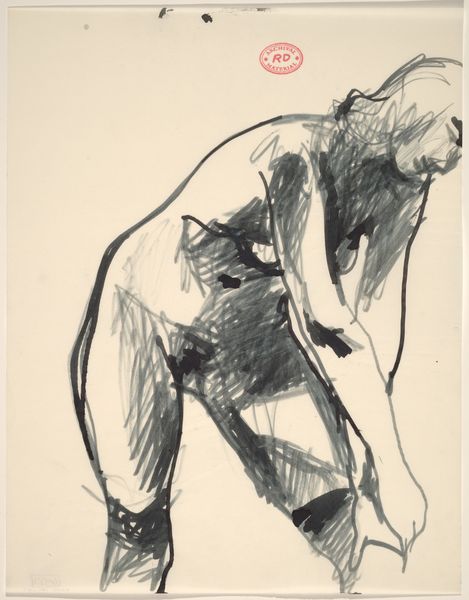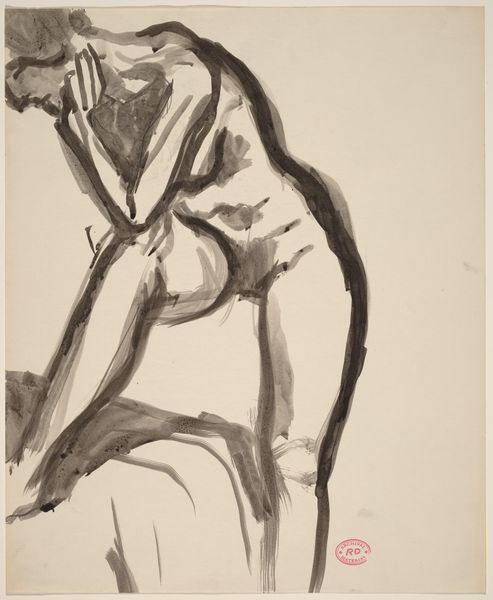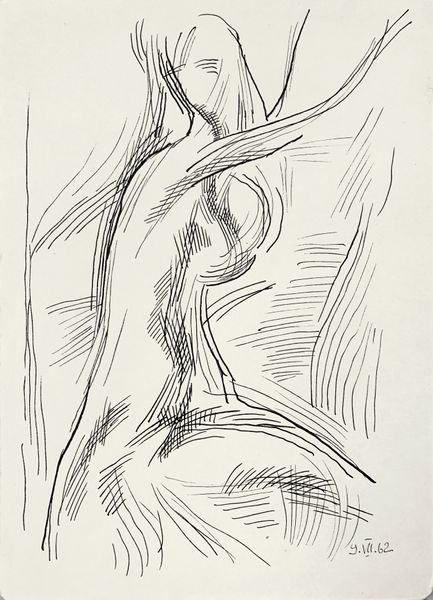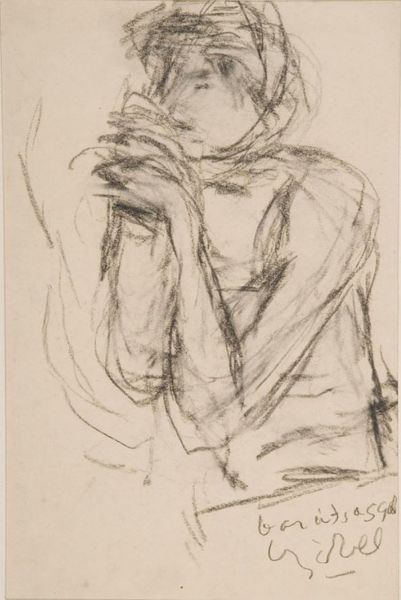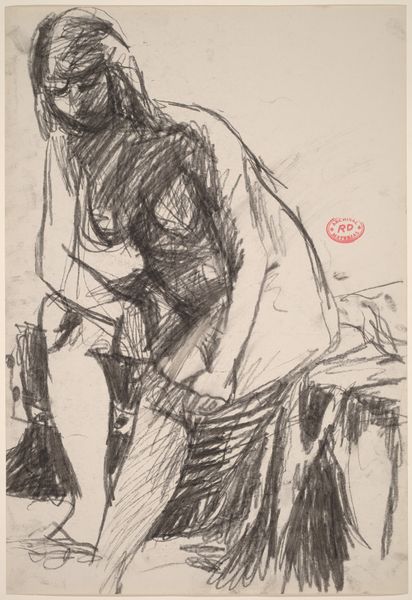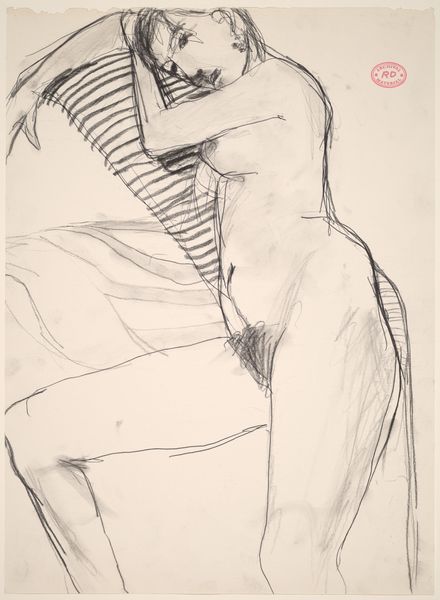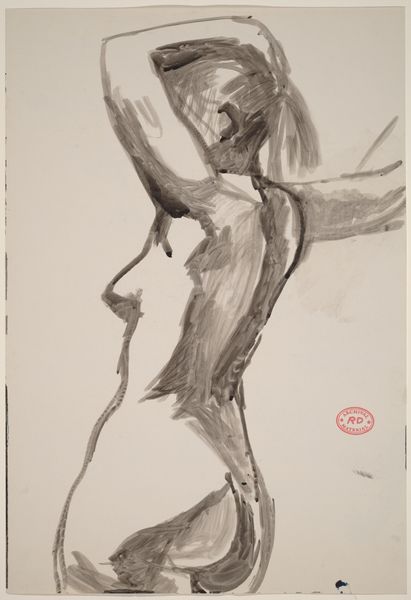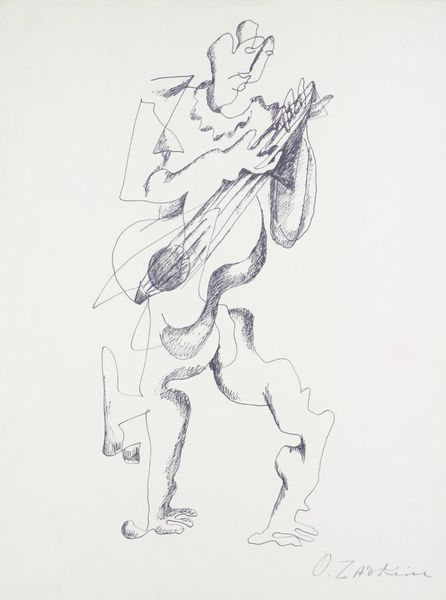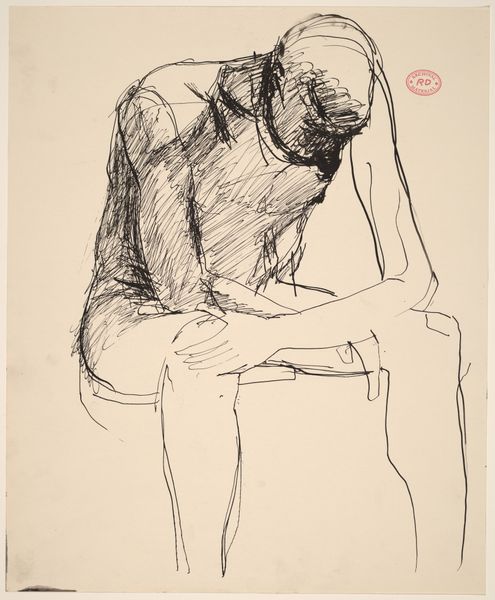
drawing, pencil
#
portrait
#
drawing
#
impressionism
#
figuration
#
pencil
Copyright: Public domain
Edgar Degas’s drawing, Jockey, captures a fleeting moment of movement with stark lines. Degas was a prominent figure in the Impressionist movement, and lived through a rapidly changing France, marked by industrialization and shifting class structures. Here, we see a glimpse into the world of horse racing, a popular spectacle enjoyed across social classes. Yet, it was also a world deeply intertwined with issues of class and labor. Jockeys, often from working-class backgrounds, risked their lives for the entertainment of the wealthy elite. The sketch aesthetic captures this sense of in-betweenness, of people and animals captured and presented for entertainment. Degas doesn’t glorify the sport; instead, he captures the tension and exertion inherent in this world. Degas’s work invites us to reflect on the complex relationships between labor, leisure, and social class in 19th-century France. He offers an alternative narrative, one which hints at the grit and tension beneath the glamorous surface of the racing world.
Comments
No comments
Be the first to comment and join the conversation on the ultimate creative platform.
